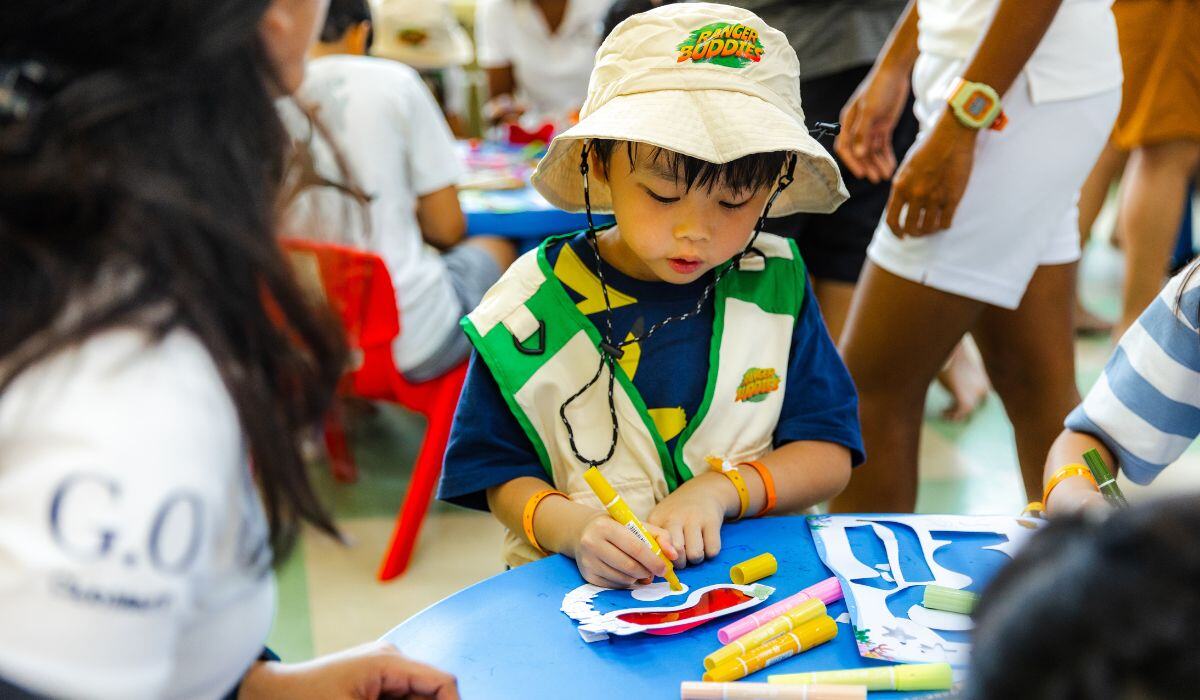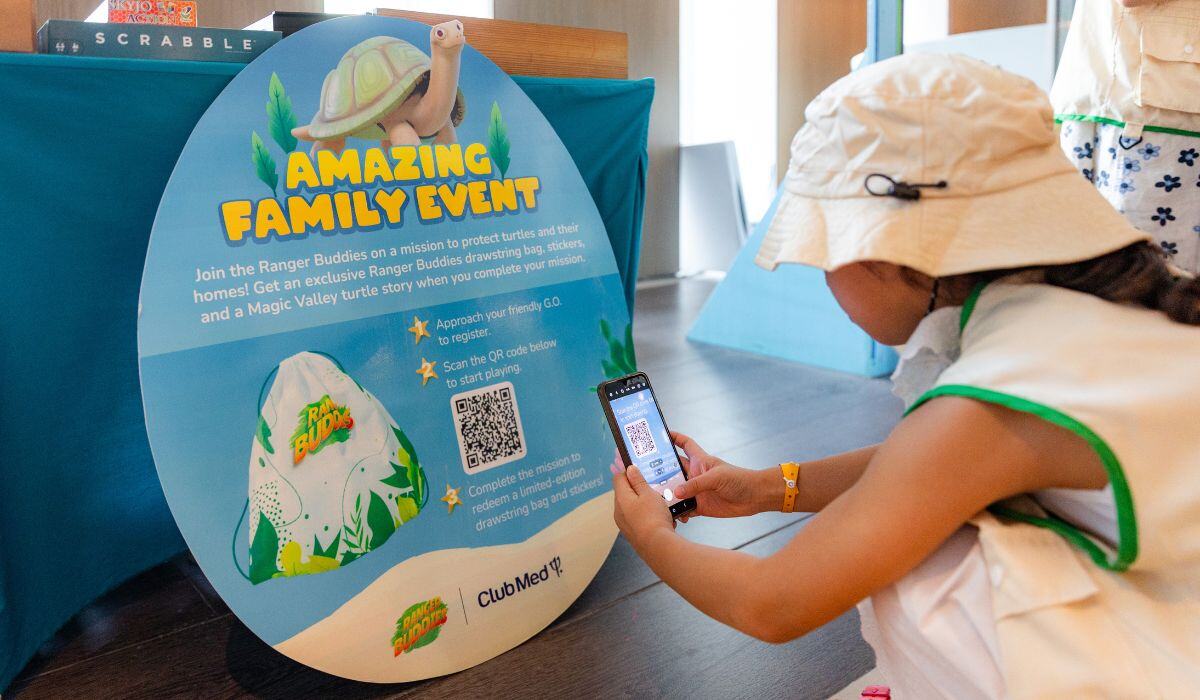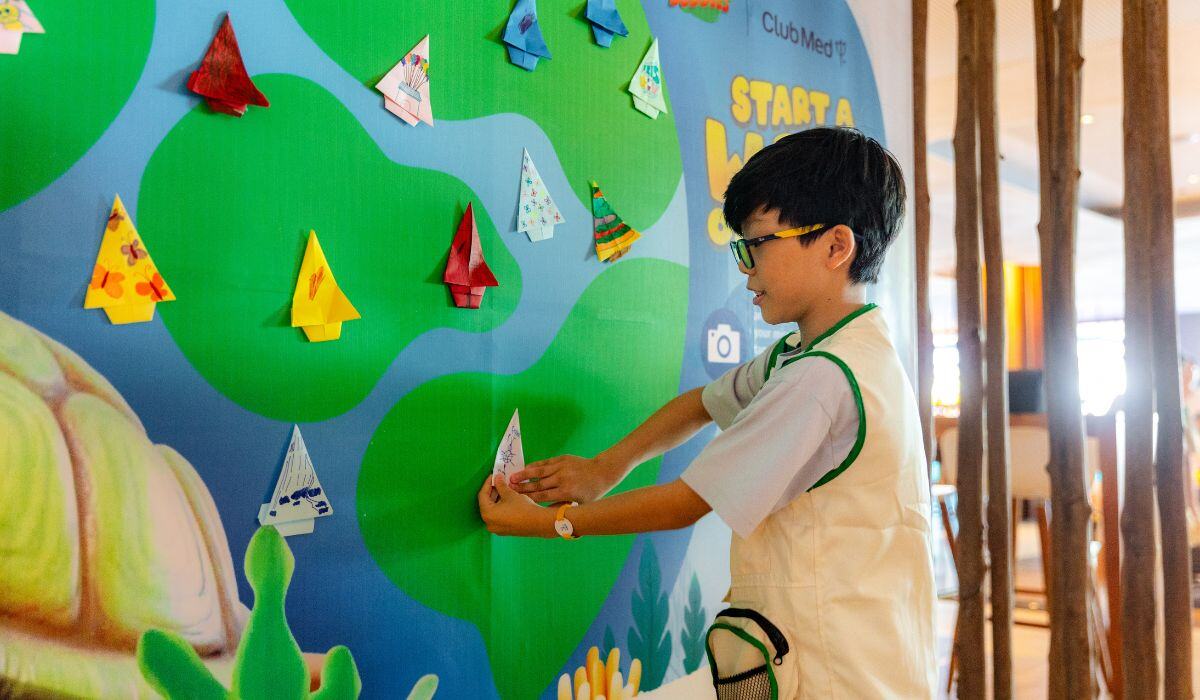The science behind optimism: Why a hopeful outlook helps kids thrive
Optimism isn't just positivity; it's a proven mindset that builds resilience and helps children thrive.
Imagine a world where your child can face challenges head-on, navigate setbacks with grace and embrace the future with confidence. That's the power of optimism.
Optimism is a C.O.U.R.A.G.E. strength that’s central to every Ranger Buddies experience. Through missions big and small, Ranger Buddies learn to see possibilities in challenges, focus on solutions, and learn that they can always take action to make a positive difference, even in a complex world full of environmental challenges. In this article, we’ll explore what optimism is, how it impacts your child’s mental, physical and emotional well-being, and how you, as a parent, can nurture this superpower.
What is optimism?
Optimism is more than being cheerful or seeing the glass as half full. It’s a mindset that focuses on finding solutions, learning from challenges and expecting positive outcomes. Importantly, optimism isn’t just a character strength some people are born with; it’s a skill that can be developed.
Psychologist Martin Seligman, the father of positive psychology, introduced the concept of Learned Optimism. He showed that optimism can be taught by helping children reframe challenges positively. For example, instead of thinking, “I’m bad at math”, an optimistic child might think, “Math is tough, but I can get better with practice.”
It’s also helpful to distinguish between optimism, hope[1], and wishful thinking[2]:
- Optimism: A belief in the ability to influence positive outcomes through effort and persistence.
- Hope: A sense that things will improve, often tied to a specific outcome.
- Wishful thinking: Hoping for the best without taking action.
Teaching kids to approach life with optimism empowers them to see challenges as temporary and solvable, and that they need to take action to make changes rather than just hope for change.
The science behind optimism
The benefits of optimism are backed by hard science. When children think positively, their brains release serotonin and dopamine, chemicals that foster happiness, motivation and focus[3].
Optimistic children are less likely to experience stress because they don’t view challenges as insurmountable. Lower stress levels mean better mental health, which is critical for thriving under pressure.
But the benefits of optimism don’t stop there. Studies, such as the meta-analysis conducted by Chen et al. (2018), shows that optimistic people have a more robust immune response and, therefore, better physical health[4]. Optimistic children are also more likely to[5]:
- Set meaningful goals
- Persist through difficulties
- Achieve higher academic success
When kids believe they can improve, they try harder, and when they try harder, they succeed. It’s a virtuous cycle powered by optimism.
How optimism builds resilience and well-being
Optimism goes further than simply helping kids bounce back from challenges. It prepares them to thrive in adulthood. Here’s how:
- Resilience: Optimism teaches kids to see setbacks as temporary and solvable, giving them the mental toughness to keep going when the going gets tough.
- Problem-solving skills: A hopeful outlook fosters creative thinking and a solutions-oriented approach.
- Stronger relationships: Optimistic children tend to see the best in others, which strengthens friendships and social bonds.
- Well-being and success: A positive mindset is linked to greater happiness, better health and success in personal and professional life.
How to nurture optimism
If your child tends to be naturally pessimistic or if you are worried that supporting an optimistic outlook will give your child an unrealistic view of the world, know that these concerns are natural. Here’s how we reframe this in our programmes:
What if my child is naturally pessimistic? Some children may seem more cautious or sceptical, but that doesn’t mean they can’t learn optimism. Start small by helping them reframe one negative thought at a time. For instance, if they say, “I’ll never get this right,” respond with, “You’re learning, and every mistake brings you closer to success.”
How do I teach optimism without ignoring challenges? It’s important to acknowledge problems without sugarcoating them. Optimism isn’t about pretending everything is perfect; it’s about focusing on solutions. When your child faces a setback, empathise first, then guide them towards a positive action plan.
How do I balance optimism with realism? Optimism and realism aren’t opposites. They work hand in hand. Teach your child to assess situations realistically while maintaining confidence in their ability to overcome obstacles.
How to foster optimism at home
As a parent, you play a vital role in shaping your child’s outlook on life. Here’s how to nurture optimism in your home:
- Model positive thinking: Show your child how to approach challenges with a solution-focused mindset. For example, if you’re stuck in traffic, instead of complaining, say, “We’ll get there soon, and this gives us extra time to chat.”
- Encourage positive self-talk: Help your child replace negative thoughts with empowering ones. If they say, “I can’t do this,” encourage them to say, “This is hard, but I’ll keep trying.”
- Celebrate effort, not just results: Praise your child for the hard work they put in, regardless of the outcome. This teaches them that growth and learning are more important than perfection.
- Expose them to positive role models: Share stories of people who overcame adversity with optimism and resilience. Real-life examples can inspire your child to adopt a similar mindset.
- Teach gratitude: Encourage your child to reflect on what they’re grateful for. Gratitude shifts focus from what’s wrong to what’s right, cultivating a positive outlook.
Optimism is a superpower that sets your child up for a lifetime of resilience, problem-solving, stronger relationships and overall well-being. It’s not teaching your child to ignore life’s challenges but rather face them with hope, determination and creativity.
As a parent, you have the power to model and nurture this mindset. Reflect on your own outlook and take small, consistent steps to foster optimism in your home. By doing so, you’ll be giving your child the tools they need to thrive, not just today, but for the rest of their lives.
“Optimism is the faith that leads to achievement. Nothing can be done without hope and confidence.” – Helen Keller
Through Ranger Buddies missions, children exercise optimism and see how this superpower helps them tackle challenges and find solutions! Check out what’s on today.
REVIEWED BY DR JACQUELINE CHUNG
References
[1]Lickerman, A. (2017, February 27). What’s the difference between optimism and hope? Psychology Today. Retrieved from https://www.psychologytoday.com/us/blog/the-science-behind-behavior/201702/whats-the-difference-between-optimism-and-hope
[2]Pondiscio, R. (n.d.). Hope is more than just wishful thinking. Thomas B. Fordham Institute. Retrieved from https://fordhaminstitute.org/national/commentary/hope-more-just-wishful-thinking
[3]Adams, S. (2019, December). Recharge kids’ back-to-school brain boost. Psychology Today. Retrieved from https://www.psychologytoday.com/us/blog/radical-teaching/201912/recharge-kids-back-school-brain-boost
[4]iResearchNet. (n.d.). The impact of optimism on physical health. Psychology Research. Retrieved from https://psychology.iresearchnet.com/health-psychology-research/optimism-and-health/the-impact-of-optimism-on-physical-health/
[5]GreatSchools Staff. (n.d.). Optimism and motivation: Keys to your child’s success. GreatSchools. Retrieved from https://www.greatschools.org/gk/articles/optimism-and-motivation-keys-to-your-childs-success/




